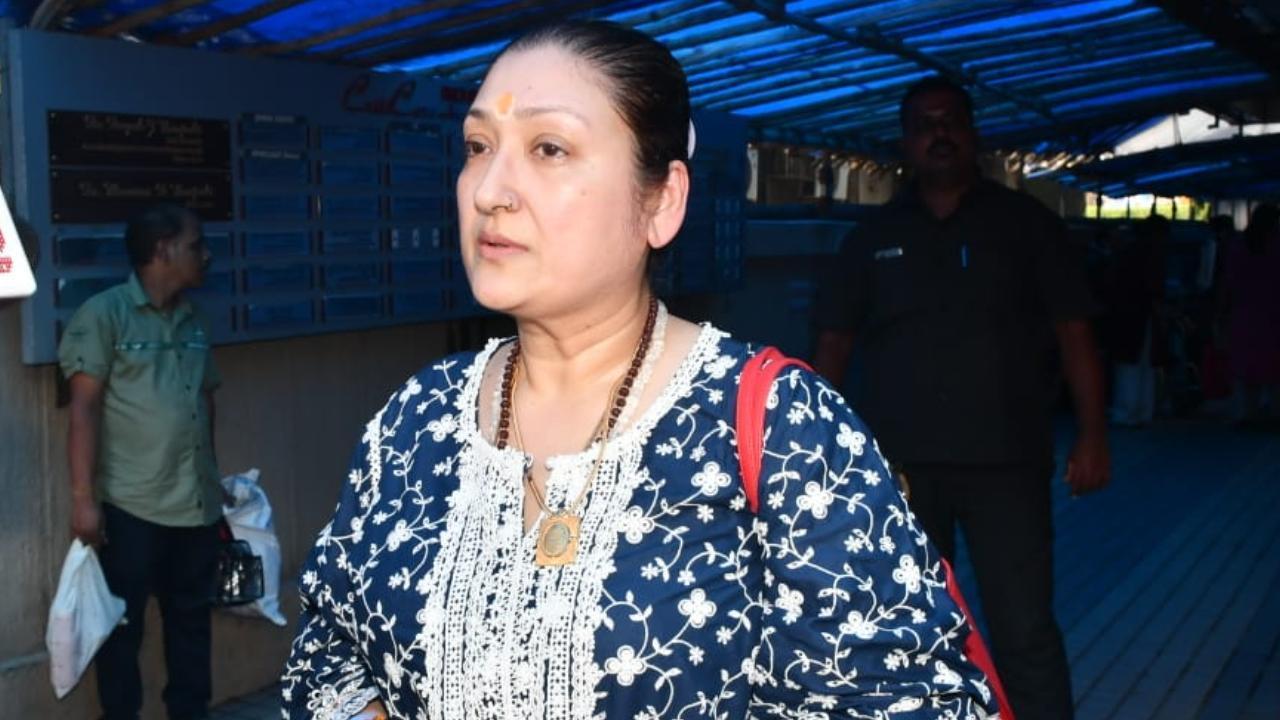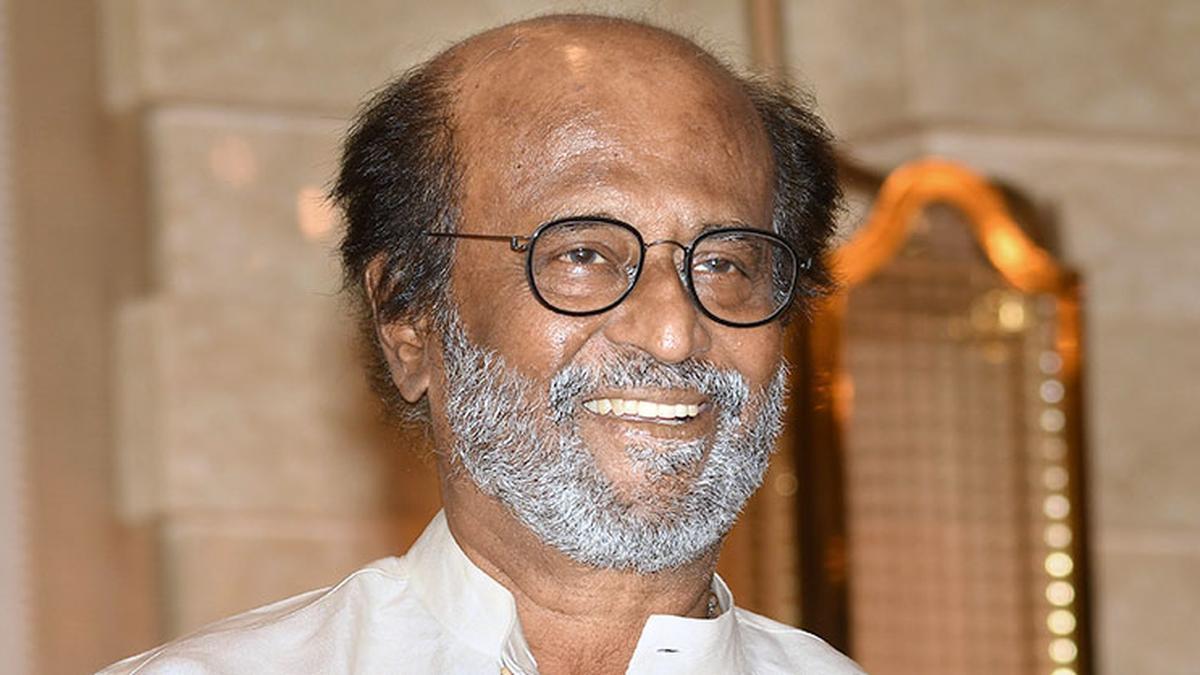
The convergence of India’s ancient classical music instrument, the Saraswati veena, with the folk resonance of the Kashmiri santoor on a single stage offers a fresh and novel musical idea. Recently, the U.S.-based veena maestro, Nirmala Rajasekar, and Kolkata’s acclaimed santoor player, Sandip Chatterjee, embarked on an extraordinary journey to bring these 100 strings together. They presented a dual performance known as ‘jugalbandi,’ and their experiment, first witnessed in India, is now traveling across America on a tour.
The collaborative sound of Nirmala’s seven-stringed veena and Sandip’s 93-string santoor (a modified version of the traditional 100-string santoor) creates a unique symphony. As Nirmala puts it, “The synergy between these two instruments is exhilarating.” She noted that this wasn’t the first time these instruments had shared the spotlight. Previously, Kannan Balakrishnan and Bhajan Sopori orchestrated a similar fusion in a concert organized by Sangeet Natak Akademi.
Nirmala, a ninth-generation veena exponent, and Sandip, a santoor virtuoso, graced the stage in Delhi, supported by tabla maestro Ramdas Palsule and mridangam artist Thanjavur K. Muruga Bhupathi. The concert was meticulously structured to highlight the distinctive tones and techniques of each instrument while creating a harmonious blend. Given the many ragas common to both the Hindustani and Carnatic systems, this jugalbandi was not just possible but immensely fluid and harmonious.
The concert began with Nirmala’s invocation to Ganesh through the piece ‘Gam Ganapathe.’ Her performance was not purely instrumental as she also sang, sometimes shifting the focus momentarily from her playing. The mridangam’s rhythmic support beautifully enhanced Nirmala’s veena melody. Sandip, on the other hand, showcased a different composition in Raga Hamsadhwani, his notes emphasizing the agility and crispness that the tabla of Ramdas Palsule emphasized.
The fusion of these instruments is acoustically diverse.
. The deep, resonant bass of the veena starkly contrasts with the light, fluttering sound of the santoor. The veena allows intricate note movements difficult on the santoor, yet the santoor delivers dexterity and flourish beyond the veena’s capabilities. Both artists used these qualities to their advantage, creating a complementary interplay that was both innovative and cohesive.
Sandip revealed, “My santoor is typically tuned to ‘D’, but I had to change my pitch to ‘E’ to match Nirmala’s veena.” Nirmala’s veena was custom-made shorter for travel convenience, making it impossible to tune below ‘E.’ Rather than compromising the santoor’s natural resonance at a lower pitch, Sandip adapted by making ‘Re’ his ‘Sa,’ despite the challenge of sustaining this in extended performances. “This challenge keeps me on my toes,” he added with a grin.
Sandip’s approach to santoor playing is unorthodox. Traditionally, santoor players use mallets in both hands to glide over the strings. However, Sandip utilizes just one mallet and uses the other hand to pluck the tarab (sympathetic) strings, producing a unique sound. “Inspired by Ustad Vilayat Khan’s handling of the tarab strings, I find this style creates a beautiful resonance. My santoor has only two tarabs; I removed the other two for better balance,” explained Sandip. This adaptation underlines his assertion that finding a confluence in music isn’t hard; it just requires innovation and understanding.
As the concert rolled out, the audience could witness the profound conversation between the veena and the santoor, a musical dialogue that stretched beyond the limitations of each instrument to find a middle ground, a meeting point of notes and rhythms. Their performance showcased not just the versatility and richness of Indian instruments but also highlighted the enduring spirit of collaboration and innovation in music.
Moreover, the concert embodied more than just the meeting of two musical traditions; it was a celebration of cultural confluence. The juxtaposition of the ancient and the traditional, the classical and the folk, serves as a testament to India’s diverse musical heritage. As Nirmala and Sandip venture on their American tour, they carry with them not just the sound of 100 strings, but the spirit of unity and shared musical exploration that transcends boundaries.
Published – October 01, 2024 03:33 pm IST
Friday Review










